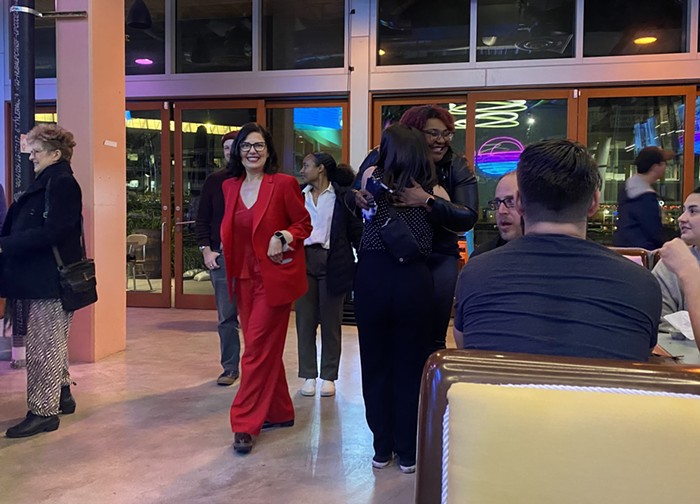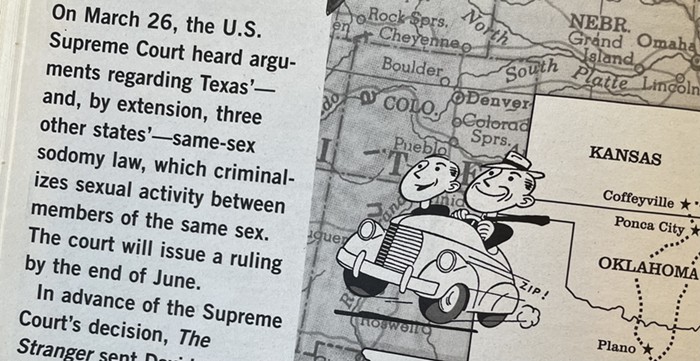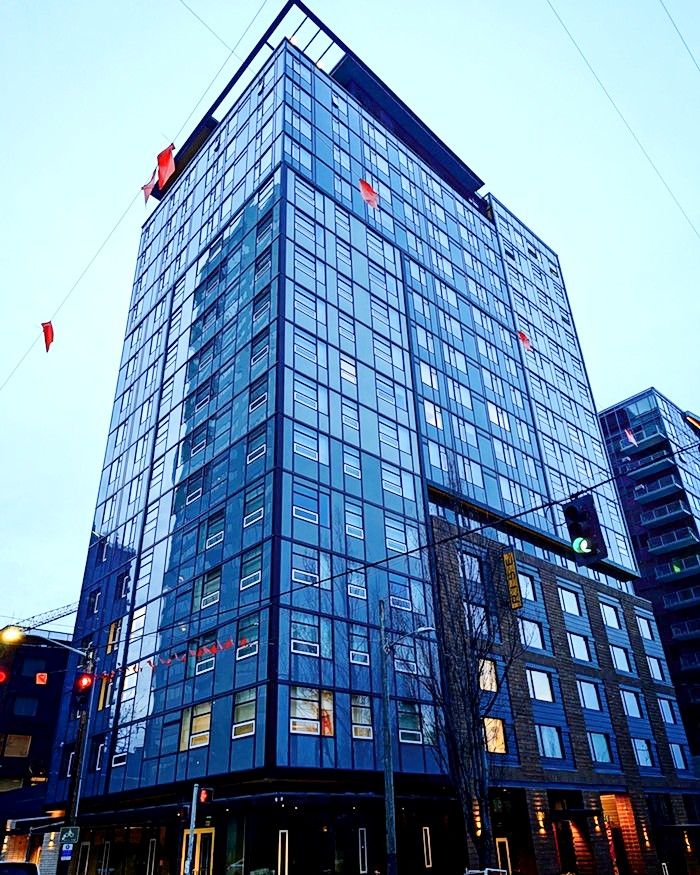Ballet was created to deter the disruptiveness of bodies. It is about control, mastery, and form—and it is awesome and reassuring. It does not moan. So what do you get in most of the 80 ballet versions of Romeo and Juliet? Teenagers with no hormones. Nobody copping a feel. No kissing—no way. Love is a platonic thing that is impressive and repressive and wears its hair in a bun. It's nothing to do with sex.
That's the Romeo and Juliet that Pacific Northwest Ballet audiences had been watching for 21 years, choreographed by former co–artistic director Kent Stowell (to the Tchaikovsky score). But there is a new chestnut in town, introduced only 18 months ago and now brought back already—thanks to popular demand—by the choice of Peter Boal, who took over the company in 2005.
This Romeo and Juliet is Roméo et Juliette (to Prokofiev's score), choreographed in the mid-'90s by Frenchman Jean-Christophe Maillot of Les Ballets de Monte-Carlo. Boal has beefed up PNB's short, experimental repertory, but his updating of Romeo and Juliet with Roméo et Juliette is proof that he's undermining convention on all fronts, refusing to ghettoize experimentalism. His unified vision can reach even the big-story ballets. And the audience is eating it up.
It's understandable: Roméo et Juliette is hot. It seduces the audience with everything the dancers have, not just some of it—their command and their release; their Olympian ability not just to spin bolt upright but also to ache; their fingers, eyes, mouths; their acting. Feels are copped. Making out is not symbolized: It occurs.
Sex and acting are not Maillot's only ideas. He bookends the production with a terrifying, agonizing, insectlike Friar Laurence, giving the harsh fatalism of the story an expressionistic emblem. In the center of the action is another dose of raging modernism in the form of Lady Capulet's detonating grief. The set, costume, and lighting design (by Ernest Pignon-Ernest, Jérome Kaplan, and Dominique Drillot) are stark and elemental, not remotely Renaissance.
Spiky-haired Lucien Postlewaite as Roméo and first-time-Juliette Carla Körbes are wholly, hopelessly lost in their breathtaking world. (She's less fiery than 2008's Juliette, Noelani Pantastico, who has since been stolen by Maillot's Les Ballets de Monte-Carlo, but she's no innocent.) In fact, the whole company brings off these steps as if it were in passionate love with them (which almost sells cringeworthy moves like the repeated snaky arm). Olivier Wevers etches his Friar into memory, but it's ultimately the stellar, endlessly limbed Ariana Lallone that part of you wishes you could forget; her Lady Capulet is a gut punch. It's not that this Roméo et Juliette is perfect; it's that it's more interesting than perfect could ever be.![]()













